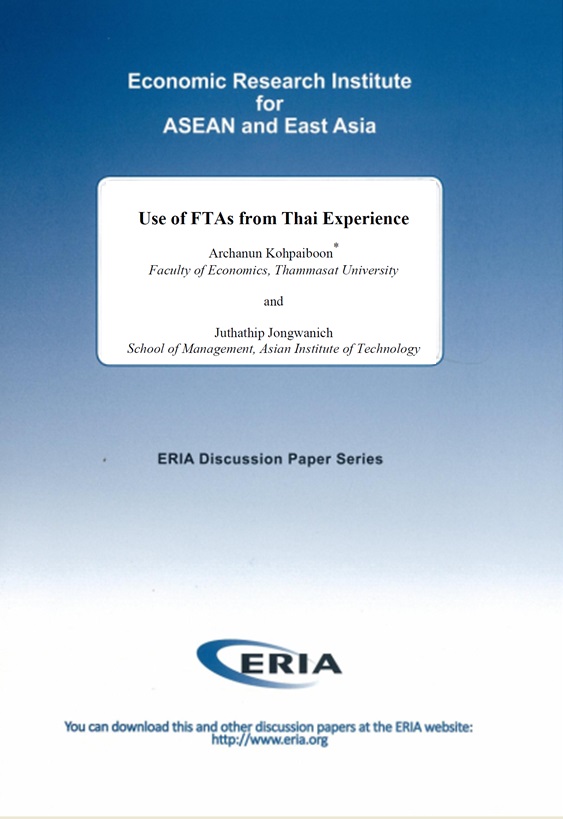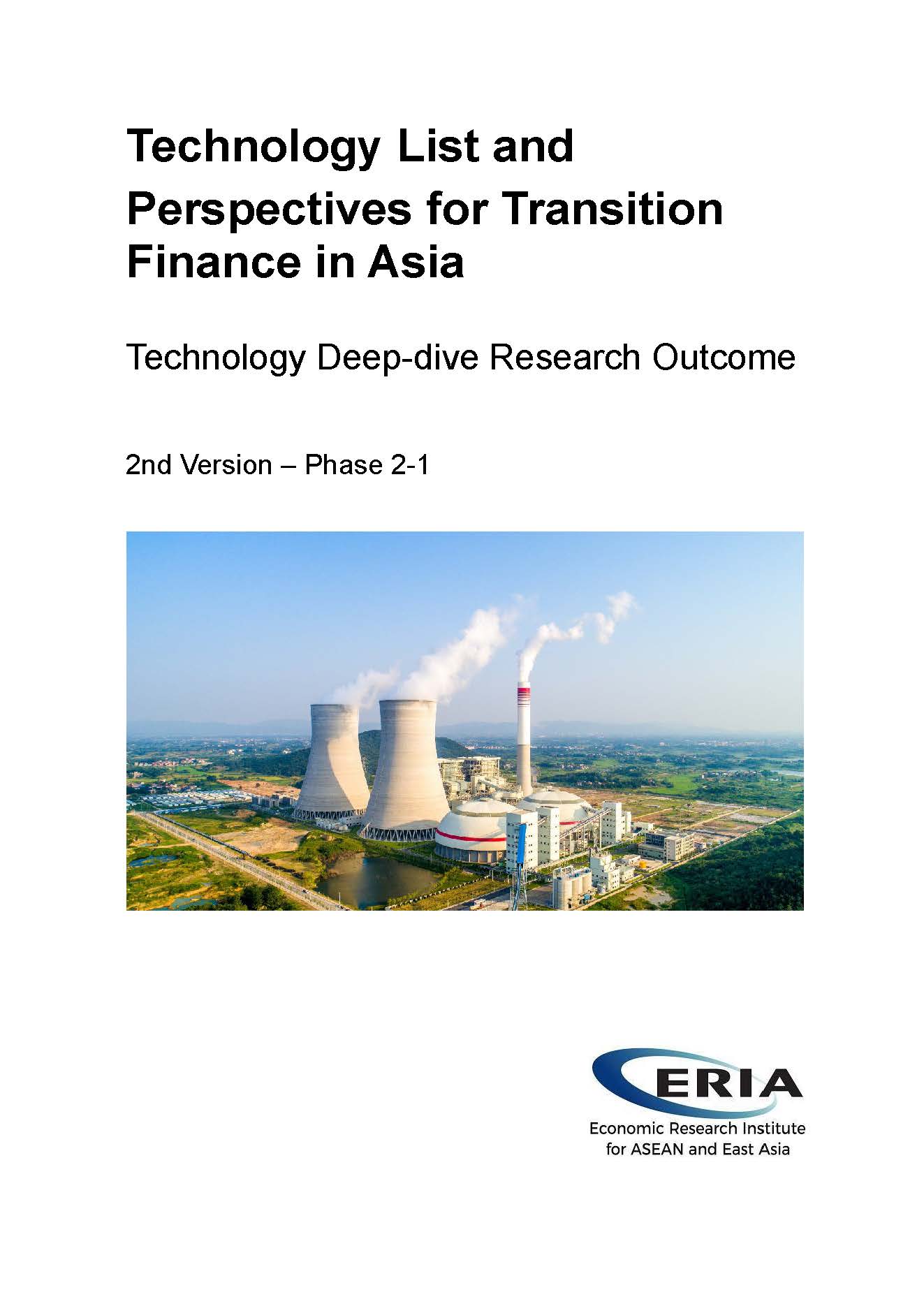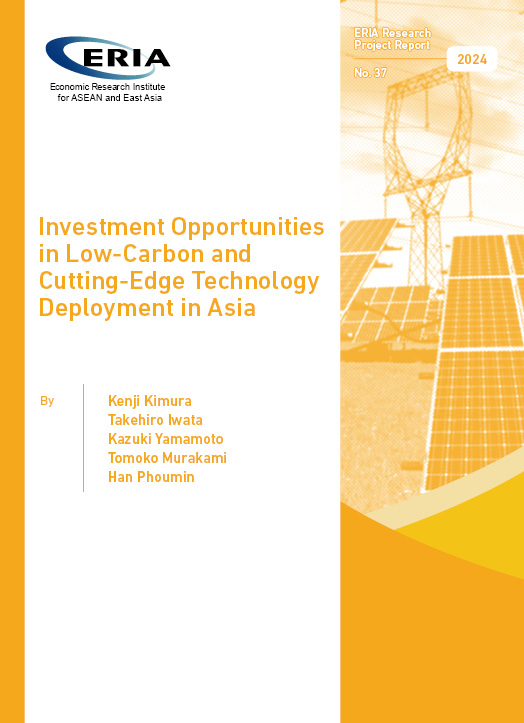Use of FTAs from Thai Experience

Print Article:
This paper examines in depth the use of free trade agreements (FTAs) in Thailand to shed light on the ongoing negotiation of the Regional Comprehensive Economic Partnership (RCEP). The key finding is that while certificate of origin records significantly increased over the period in consideration, their value remained less than one-third of total trade. The ASEAN Free Trade Area (AFTA) and its successor, ASEAN Economic Community (AEC), accounted for the largest share with a noticeably declining relative importance. Products that are often traded under an FTA preferential trade scheme are highly concentrated, dominated by automotive (both vehicles and auto parts), electrical appliances, petrochemical products, and processed foods. Firms in these sectors are generally large in size and their products have a high level of local content. Evidence that the top 15 items are usually subject to high tariff margins suggests the presence of costs incurred to firms when applying for a certificate of origin. Our analysis suggests that we should be avoid maximizing a number of signed FTAs as a mercantilism style policy tool kit to open up market as well as maximize net export earnings as we tried in the early years of the new millennium. Instead, FTAs could be used as a gradual step in making a progress of unfinished business in trade and investment policy reform. To encourage firms to use the signed FTA, policy focus should be on the rules of origin and their related administrative procedures.




